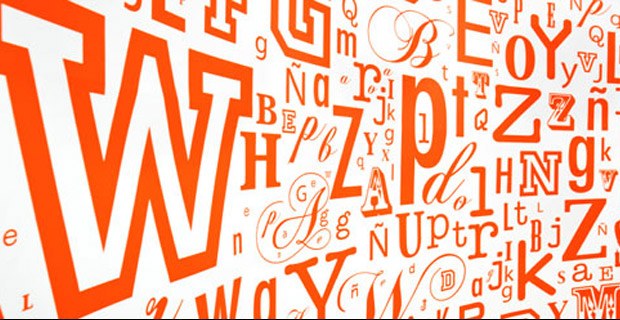27 Nov 12
Arial vs. Helvetica, Round 1, Fight!
 When people think of website design, they often overlook the choice of font. Arial, Helvetica, Times New Roman or even the cringe-worthy Comic Sans are usually the common choice but the range of fonts to choose from is endless. Fonts can tell you much about the kind of site you’re on – they can subliminally convey atmosphere, driving your point home or can highlight importance in headlines. But when used incorrectly, fonts can send the wrong message, be annoying to read, or even flat-out repel people. So here is a quick 101 on fonts:
When people think of website design, they often overlook the choice of font. Arial, Helvetica, Times New Roman or even the cringe-worthy Comic Sans are usually the common choice but the range of fonts to choose from is endless. Fonts can tell you much about the kind of site you’re on – they can subliminally convey atmosphere, driving your point home or can highlight importance in headlines. But when used incorrectly, fonts can send the wrong message, be annoying to read, or even flat-out repel people. So here is a quick 101 on fonts:
Serif vs. Sans-serif
Serif fonts are the ones with little decorative flourishes at the end of the strokes in each character, which are called serifs (think Times New Roman). Sans-serif fonts like Arial or Helvetica don’t have those. This is the first, and most important, step in choosing a font. To decide, you have to consider your audience and what you want to say. Sans-serif fonts are great for clean, modern, designs, especially light-weights; serif fonts tend to have a more classical feel to them, even more modern ones like Didot, so they are well-suited for older audiences. It should be noted that while serif fonts are easier to read in print, studies have shown that sans-serif are more legible on computer screens, so large bodies of text should generally be written in sans-serif fonts.
Weight: Heavy vs. Light
No, not that kind of weight – with fonts, we’re talking about how thick and wide each character is. This factor in fonts seems pretty intuitive, but you would be surprised how many sites mess it up. Lighter fonts convey space and neutrality, while bold, heavy fonts grab attention and give strength to the message. Light fonts are obtrusive and don’t get in your face – Apple, for example, employs are light sans-serif font that places its products in the centre of attention rather than itself.
Decorative fonts
What are decorative fonts? They’re the fancy artistic ones, the ones that look like they’re made of candy canes or cacti, that have no rules and can be whatever you want them to be. And I love them. They are fun, creative, and beautiful in ways that normal, basic fonts just can’t be, and for good reason. While decorative fonts can be stunning to look at, they are annoying to actually read, especially in long chunks of text. Use decorative fonts for headings only. So where do I go to find the fonts I need? Well, as we said in this earlier post about typography, there are many sites around the web that offer them. Good places to start include:
- Font Squirrel: has a great selection of free commercial fonts.
- Google Web Fonts: offers hundreds of free, open-source fonts for use on the internet.
- MyFonts: has an immense collection of stunning fonts that is added to everyday.
Or if all else fails, you can simply search for “fonts” in Google, and many websites with both free and paid fonts should pop up, available for downloading. Be careful though, as many of them are not free for commercial use and need licenses.


